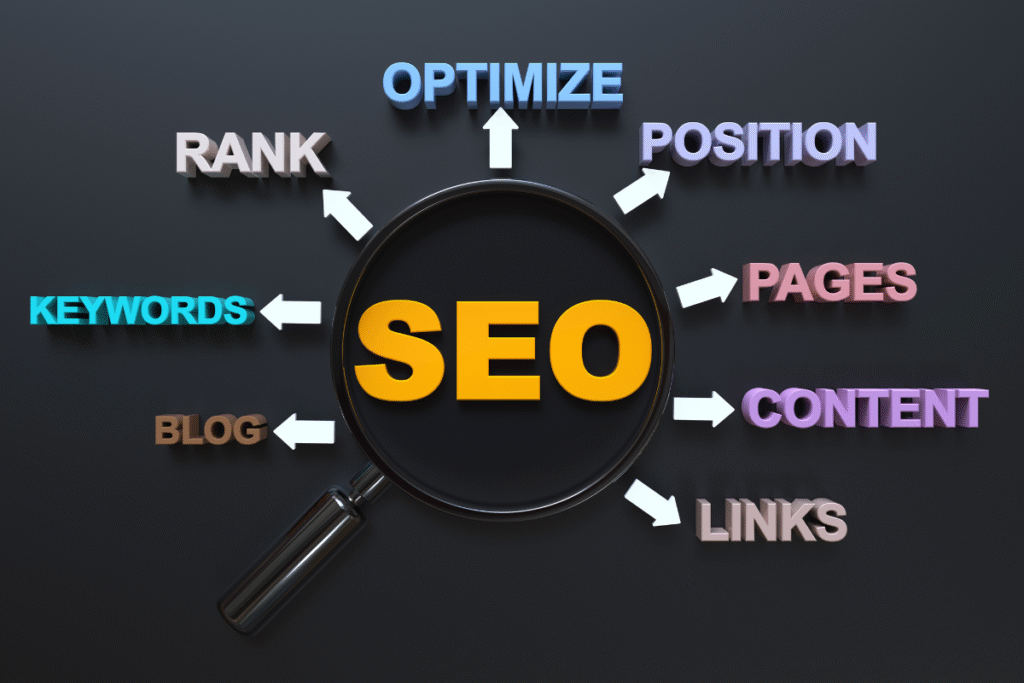At this time of the progress of e-commerce, just setting up a online store optimization would not automatically equate to success. It entails more than just listing products; an exceptional customer experience became the crux of sustaining success. When online store optimization, visitors can find what they are looking for much faster and, paradoxically, enjoy the activity, which translates into conversion, loyalty, and a nice word-of-mouth for the business.
That said, this blog will discuss the most crucial online store optimization strategies as well as compelling online store optimization tools, plus a rather action-oriented and practical online store optimization strategy that will make your customers’ shopping experience better.
Why Customer Experience Matters in E-Commerce
Prior to getting into online store optimization methods, one more important reason to understand is why customer experience (CX) is so relevant. A great experience leads to higher conversion rates, increased average order value (AOV), lower cart abandonment rates, higher customer loyalty, and so on.
Conversely, a bad experience helps potential buyers reach the competition—sometimes with just a click. While online store optimization it is crucial to make it look engaging and trust worthy.
1. Improve Website Speed and Performance
The primary aspect of online store optimization is the speed of your website; it should not be too slow for customers today, who expect to find pages loading in 2-3 seconds, as slow pages are usually responsible for increasing bounce rates and customer-unsatisfactory ratings.
Tips:
- Use compressed and optimized images
- Minimize JavaScript and CSS files
- Leverage caching tools
- A reliable hosting service or Content Delivery Network (CDN).
Tools to Use:
- Google PageSpeed Insights
- GTmetrix
- Pingdom
2. Make Your Website Mobile-Friendly
More than half of all shopping takes place online through mobile devices. Just imagine, if your site is not optimized for mobile phones and tablets, then most likely you are losing a good number of sales.
Tips:
- Use a responsive design.
- Simplify navigation and reduce clutter.
- Test on multiple devices and browsers
Tools to Use:
- Google Mobile-Friendly Test.
- BrowserStack
3. Streamline the Navigation
A well-structured, intuitive navigation system helps users find products quickly. Complicated menus or too many categories can overwhelm visitors.
Tips:
- Use clear and concise labels
- Add a search bar with predictive text
- Implement filters and sorting options for products
Tools to Use:
- Crazy Egg (for heatmaps and user flow)
- Hotjar (for visitor behavior analysis)
4. Use High-Quality Product Images and Descriptions
Visuals carry a huge weight for customers who buy their products online. Since customers cannot touch or try the product, strong and clear images and well-written product descriptions become vital.
Tips:
- Use multiple images showing different angles
- Offer zoom-in features
- Write unique, benefit-driven product descriptions
- Include dimensions, materials, and care instructions
5. Optimize Your Checkout Process
A complicated or lengthy checkout process can lead to cart abandonment. Simplify it to increase your conversion rate.
Tips:
- Offer guest checkout
- Minimize the number of steps
- Show progress indicators
- Provide multiple payment options
Tools to Use:
- Stripe (for seamless payments)
- Klarna or Afterpay (for buy-now-pay-later options)
- Shopify’s one-click checkout (if you’re using Shopify)
6. Personalize the Customer Experience
Today’s shoppers expect personalized experiences based on their behavior, location, and preferences. Personalization can boost engagement and repeat purchases.
Tips:
- Show recommended products based on browsing history
- Send personalized email offers
- Use dynamic homepage content
Tools to Use:
- Klaviyo (for personalized email marketing)
- Segment (for customer data analytics)
- Optimizely (for A/B testing and personalization)
7. Display Customer Reviews and Social Proof
Social proof builds trust. Seeing that others had a positive experience encourages new customers to make a purchase.
Tips:
- Enable product reviews and ratings
- Showcase user-generated content (like customer photos)
- Display trust badges and secure payment icons
Tools to Use:
- Yotpo (for product reviews and UGC)
- Trustpilot
- Stamped.io
8. Implement Live Chat and Chatbots
Immediate customer support can make a significant difference in conversion rates. Live chat helps answer questions in real time, while chatbots can automate common queries.
Tools to Use:
- Tidio
- Zendesk Chat
- Drift
9. Enhance Your SEO Strategy
The groundwork of effective and consistent organic traffic generation is having good SEO work done on your store. This means optimizing your site for enhanced search visibility and drawing potential customers or qualified leads.
Tips:
- Use relevant keywords in product titles and descriptions
- Optimize meta tags, headers, and image alt texts
- Create valuable content through a blog
- Ensure clean URL structures
Tools to Use:
- Ahrefs
- SEMrush
- Yoast SEO (for WordPress stores)
10. Monitor Analytics and Customer Behavior
Regularly analyze how customers interact with your store. Identify bottlenecks, high-exit pages, and areas for improvement.
Tools to Use:
- Google Analytics
- Hotjar
- Mixpanel
Tracking metrics like conversion rates, bounce rates, and session duration helps refine your online store optimization strategy over time.
Conclusion: Use the Right Platform to Support Your Optimization Goals
These tactics all have strength, but they can lead to wasted work if your e-commerce platform is not flexible or robust enough, and this is where Shopify shines. Shopify is easy to use, has many apps to choose from, provides great SEO structures, and is home to mobile-optimized store templates, making your online store optimization a whole lot easier.
From startup through scaling, all tools and integrations provided on Shopify help you create a superior shopping experience. Everything is here, from fast-loading mobile templates to super-smooth checkout processes, to in-depth analytics—this way, you can focus your energy on scaling your business while ensuring your customers are pleased.
For more information and updates, feel free to visit Europefeeds.

